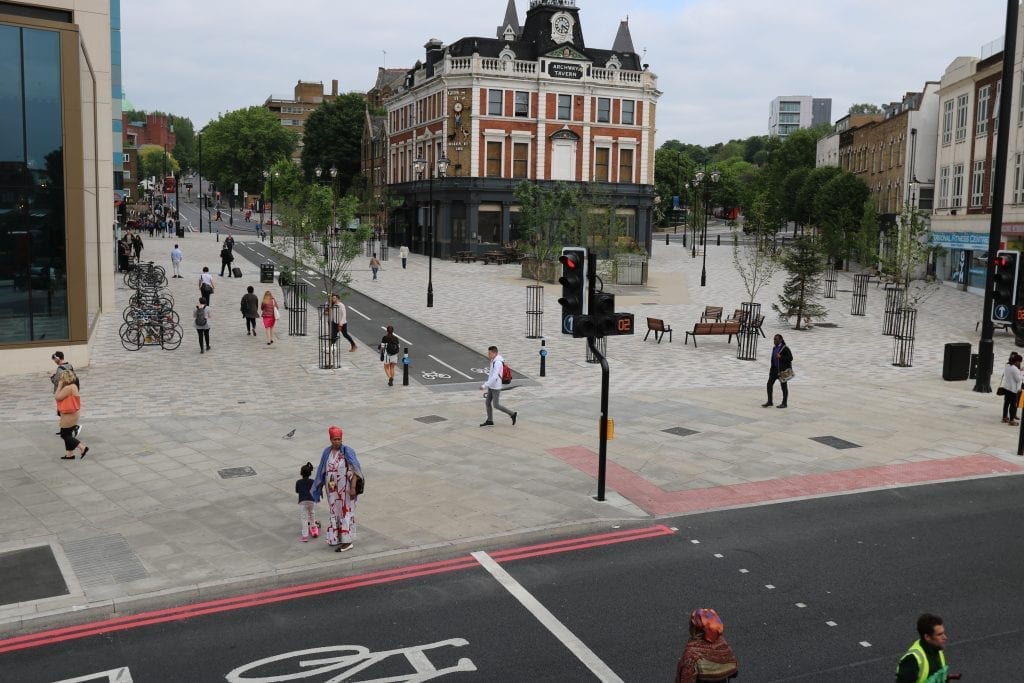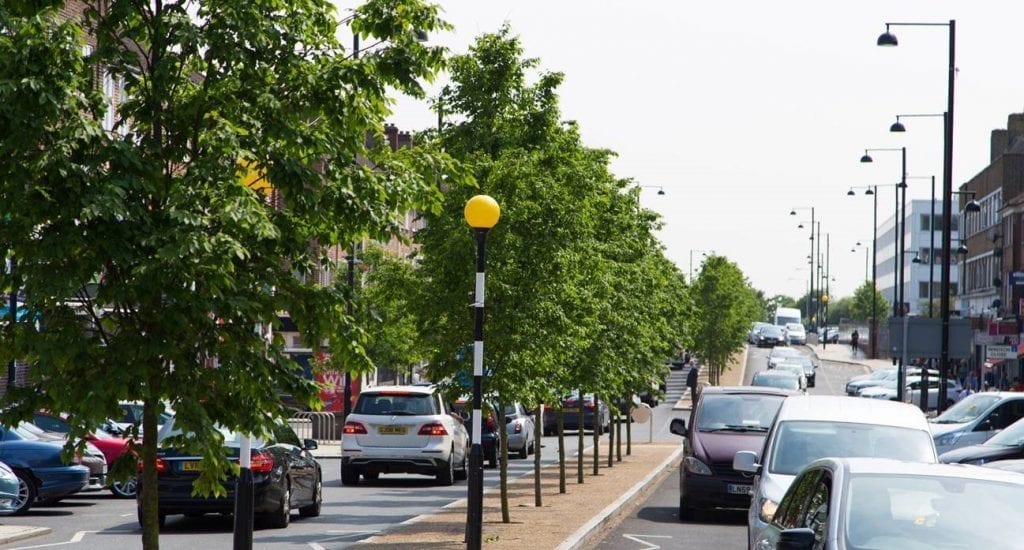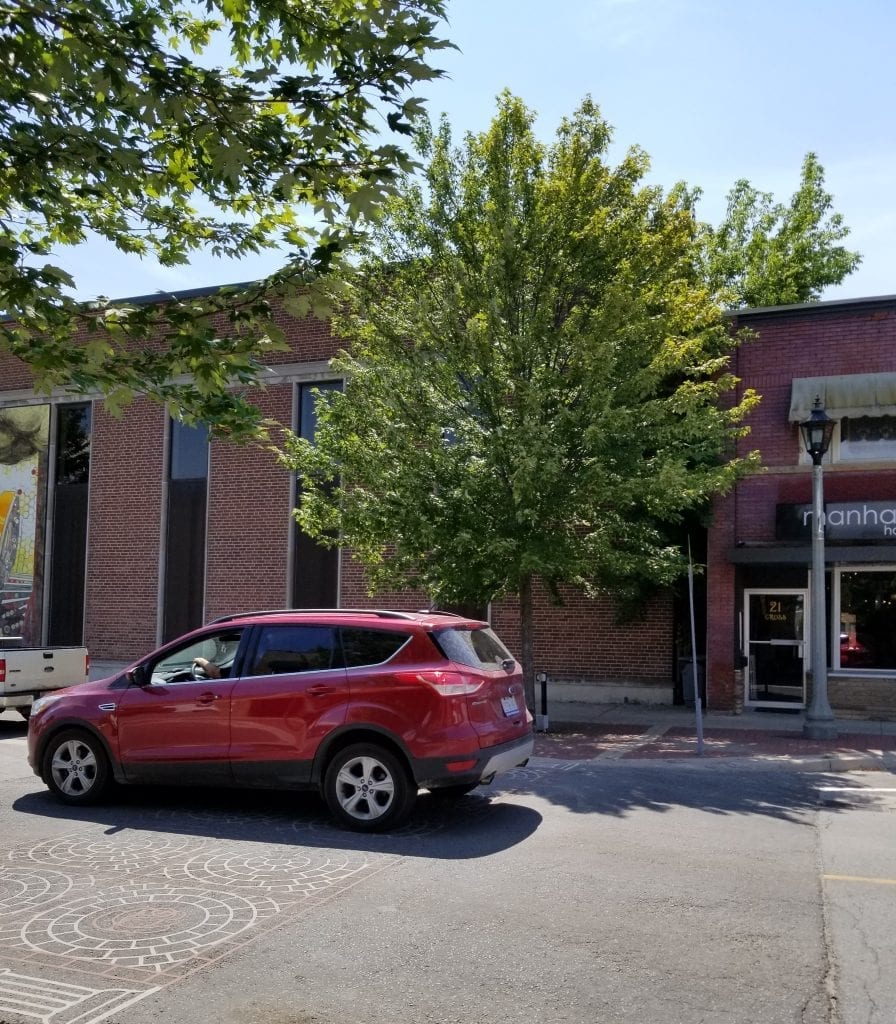Modal shift is one of the most urgent goals in our urban areas; defined as replacing a saturated means of transport with another to make the first less congested.
Normally it is used in the context of reducing our reliance on private vehicle use, and encouraging the use of public transport, or even better, walking and cycling.

However, the future of our urban conurbations will be defined as not just reducing congestion, but by creating better and cleaner environments. All motor transport creates pollution, either at the roadside, or in the case of electric vehicles, largely at the power generation plants. Much of the current concern about transport in our towns and cities revolves around air quality issues, as poor air quality prematurely kills thousands of residents annually.

Road vehicles contribute to this pollution in a massive way. This pollution is both exhaust emitted, but also rubber and heavy metal residues are prevalent in areas close to main roads. There is a direct correlation between the rush hour congestion and the highest levels of pollution, pointing out that speeds affect the dilution of these particulates in a marked way.
Pollutant concentrations are often at their peak within the first 150 meters (500 feet) of the road, and from traffic particularly, this can extend to 300-500 meters (1000-1600 feet) from the road. With more communities being planned within proximity to major roads, residents of future communities will need to be protected from this risk.

It has been proven that there is up to 24% reduction in particulate matter near a mature tree, offering us an escape route to health.
We need to provide the environment which actually encourages healthy travel if there is to be any significant change in the modes of transportation.

Green infrastructure offers both a porous media that can provide a barrier between traffic emissions and nearby populations, (influencing local turbulence and modifying natural dispersion patterns) while also providing a physical barrier to separate vehicles and more vulnerable users, such as pedestrians and cyclists. Archway Gyratory is a typical example of this.

Such “living” barriers promote filtration and deposition of pollutants, particularly different sizes of airborne particulates, thus affecting local pollutant concentration in a different manner to gaseous pollutants (Janhall, 2015).

GreenBlue Urban has been ensuring that urban trees grow to maturity for over a quarter of a century. It is vital that trees planted in hostile urban scenarios are provided with the necessary protection and nutritional provision, or they will almost certainly die within 15 years, and not ameliorate any pollution after that.
For tree planting, consider the mature size tree that you would like to achieve and plan the tree pit layout to accommodate tree growth. Our handy tree pit configurator tool enables you to do this with ease.
“Avenue trees have been reported to act more like a solid barrier. In addition, a combination of trees and other solid barriers (e.g. parked cars) can have combined benefits on local air quality.”
Passive methods for improving air quality in the built environment: A review of porous and solid barriers, John Gallagher, Richard Baldauf, Christina H. Fuller, Prashant Kumar, Laurence W. Gill & Aonghus McNabola, Atmospheric Environment 120 (2015)
Many new developments are thoughtfully designed and take into account differing transport interchanges. What is also needed is to provide green routes to link up these developments with other existing transport infrastructure – including parks, shopping areas, riverside and canal walks – in such a way that users are protected from the effects of air pollution as far as possible.

Options such as shutting roads near to schools during the school run hours, for example, is an inexpensive way of reducing the exposure to polluted air during the walk to school. Carefully designed shared space schemes also reduce traffic flows and should be considered as an option.
